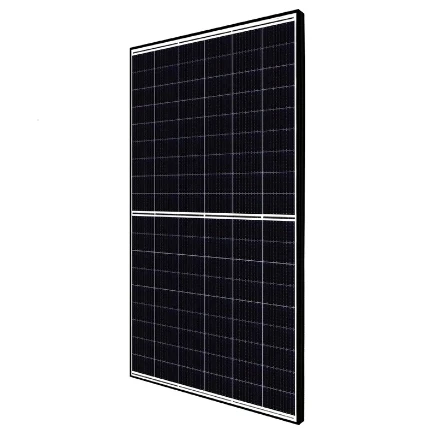Comparing Bifacial and Monofacial Solar Panels for Optimal Energy Generation Efficiency
Bifacial Solar Panels vs. Monofacial Solar Panels A Comparative Analysis
The solar energy industry has witnessed remarkable advancements over the past few years, leading to the emergence of innovative technologies designed to enhance the efficiency and effectiveness of solar power generation. Among these innovations are bifacial solar panels and monofacial solar panels, each offering distinct advantages and potential drawbacks. This article explores the differences between bifacial and monofacial solar panels, helping consumers make informed choices regarding their solar energy systems.
Understanding the Basics
Monofacial solar panels are the traditional type of solar panels that consist of a single layer of photovoltaic (PV) cells. These cells capture sunlight directly from the front side, converting it into electricity. In contrast, bifacial solar panels have PV cells on both sides, allowing them to capture sunlight from both the front and rear. This dual functionality enables bifacial panels to harvest reflected sunlight from the ground, thereby increasing overall energy generation.
Efficiency and Performance
One of the primary advantages of bifacial solar panels is their enhanced efficiency. Studies indicate that bifacial panels can generate 10-20% more electricity compared to monofacial panels, depending on installation conditions and the type of ground surface beneath them. The additional generation capacity is primarily due to the albedo effect, where light reflects off surfaces like water, sand, or snow and illuminates the rear side of the bifacial panel.
On the other hand, monofacial panels are simpler in design and generally cost less than bifacial panels. They have established performance metrics and are manufactured with proven technology. For many residential installations with limited roof space or specific aesthetic desires, monofacial panels provide a straightforward solution with reliable output.
Installation Considerations
Installation for bifacial panels can be more complex and may require specific conditions to maximize their potential. For instance, the ground material plays a crucial role in the efficiency of bifacial panels. Reflective surfaces, such as white concrete or gravel, are optimal for increasing rear-side light absorption. Additionally, bifacial panels often require elevated mounting to avoid shading from structures or vegetation, which can increase installation costs.
bifacial solar panels vs monofacial

Monofacial panels, conversely, are typically easier and less expensive to install. They can be mounted directly to roofs or on ground-based systems without the need for considerable adjustments for optimal sunlight capture. For homeowners or businesses seeking a low-maintenance, straightforward setup, monofacial panels may be the preferred choice.
Cost Analysis
When evaluating the cost-effectiveness of bifacial and monofacial panels, several factors should be considered. Bifacial solar panels generally have higher initial costs due to their dual-sided technology and more advanced materials. However, the increased energy production can offset the initial investment over time, especially in installations where maximum output is critical.
Monofacial panels, being more established, typically come with a lower upfront cost. They are widely available, and their installation processes are well-documented, which can also reduce labor costs. For consumers with budget constraints, monofacial panels may present an attractive option without compromising basic energy needs.
Longevity and Durability
Both bifacial and monofacial panels are designed to endure the elements and provide long-lasting service. Bifacial panels are often constructed with robust materials that enhance durability, especially on the rear side, which may be exposed to harsher conditions, such as wind and rain.
In contrast, monofacial panels have a long track record of performance, undergoing rigorous testing and certification processes to ensure they can withstand various environmental stresses. The choice between bifacial and monofacial panels regarding durability may depend on specific site conditions and consumer preferences.
Conclusion
In the debate of bifacial solar panels versus monofacial solar panels, the best choice ultimately depends on individual circumstances, including location, installation conditions, budget, and energy needs. Bifacial panels offer a promising solution for maximizing energy generation, particularly in reflective environments, while monofacial panels provide a reliable and cost-effective option for those seeking simplicity and lower upfront costs. By evaluating their unique advantages and considerations, consumers can make an informed decision that aligns with their sustainable energy goals.
-
Unlocking Energy Freedom with the Off Grid Solar InverterNewsJun.06,2025
-
Unlock More Solar Power with a High-Efficiency Bifacial Solar PanelNewsJun.06,2025
-
Power Your Future with High-Efficiency Monocrystalline Solar PanelsNewsJun.06,2025
-
Next-Gen Solar Power Starts with Micro Solar InvertersNewsJun.06,2025
-
Harnessing Peak Efficiency with the On Grid Solar InverterNewsJun.06,2025
-
Discover Unmatched Efficiency with the Latest String Solar InverterNewsJun.06,2025







